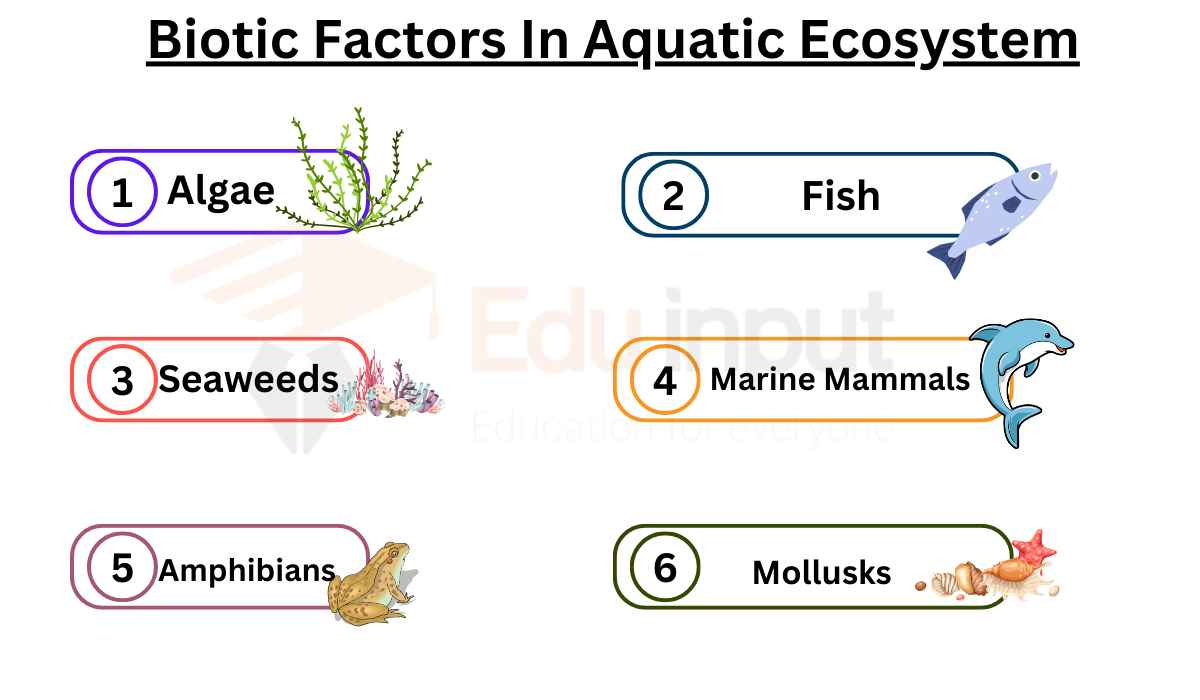Desert Plants Adaptations
Desert plants have evolved remarkable adaptations such as water-storage tissues,, reduced leaf surfaces, deep root systems, drought tolerance, waxy or hairy surfaces, CAM photosynthesis, and salt tolerance to conserve water, regulate temperature, and maximize survival in arid environments, playing a vital role in maintaining the delicate balance of the desert ecosystem.
10 Adaptations Of Desert Plants
Desert plants show following adaptations for their survival in desert ecosystem:
1. Succulence
Many desert plants have evolved succulence, which involves storing water in their fleshy leaves, stems, or roots. This adaptation allows them to retain water during periods of rainfall and use it during dry spells.
2. Reduced Leaf Surfaces
To minimize water loss through transpiration, desert plants often have reduced leaf surfaces or even no leaves at all. This helps to conserve water and prevent dehydration.
3. Waxy Cuticles
Desert plants typically have waxy cuticles on their leaves and stems. This waxy layer acts as a protective barrier, reducing water loss through evaporation and making the plant more resistant to drying out.
4. Deep Root Systems
Desert plants often possess extensive and deep root systems. These roots enable them to reach groundwater sources or exploit the limited moisture available in the soil, allowing for better water absorption and increased chances of survival.
5. CAM Photosynthesis
Some desert plants, including many cacti and succulents, employ Crassulacean Acid Metabolism (CAM) photosynthesis. This unique adaptation allows them to open their stomata at night when temperatures are cooler and water loss through evaporation is reduced. They then store the carbon dioxide obtained at night and use it during the day for photosynthesis, minimizing water loss.
6. Drought Dormancy
Certain desert plants enter a state of dormancy during extended dry periods. They shed leaves or reduce their metabolic activity, effectively conserving energy and resources until more favorable conditions return.
7. Spines, Thorns, and Hairs
Many desert plants have developed physical defenses such as spines, thorns, or tiny hairs on their surfaces. These adaptations deter herbivores from feeding on them and help reduce water loss by creating a microclimate that traps moisture around the plant.
8. Efficient Reproduction
Desert plants often have specialized reproductive strategies to ensure the survival of their species. They may produce numerous seeds or rely on efficient pollination mechanisms such as wind, specialized insects, or birds.
9. CAM Metabolism
In addition to CAM photosynthesis, desert plants often exhibit CAM metabolism. CAM metabolism allows plants to take in carbon dioxide during the night and store it as organic acids. During the day, when the stomata are closed to reduce water loss, these stored acids are broken down, releasing carbon dioxide for photosynthesis. This adaptation helps desert plants conserve water by minimizing daytime gas exchange while still maintaining the ability to photosynthesize.
10. Heat Tolerance
Desert plants have evolved heat tolerance to withstand the scorching temperatures that prevail in these environments. They possess various mechanisms to cope with excessive heat, such as having reflective or light-colored surfaces to reduce heat absorption, developing dense canopies that provide shade, and adjusting their leaf orientation to minimize exposure to direct sunlight. Some desert plants also have specialized tissues that can store heat-sensitive compounds or protect cellular structures from damage caused by high temperatures.

 written by
written by 





Leave a Reply